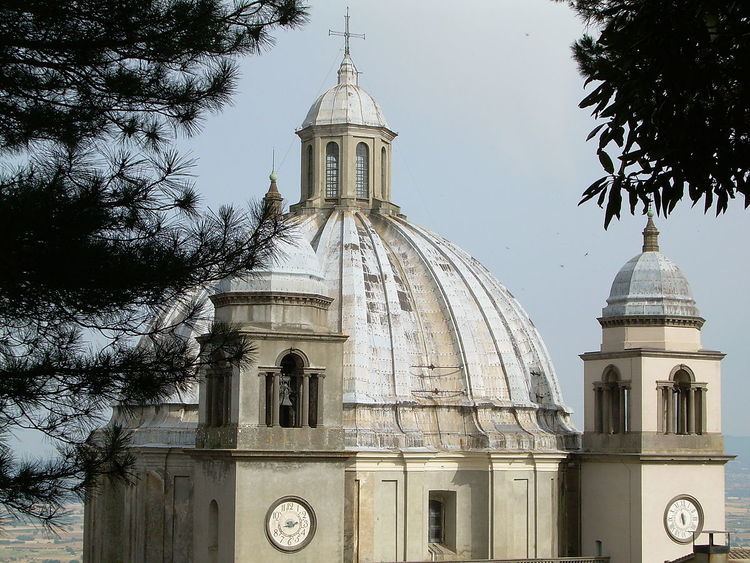 | ||
In architecture, a cupola /ˈkjuːpələ/ is a small, most often dome-like, structure on top of a building. Often used to provide a lookout or to admit light and air, it usually crowns a larger roof or dome.
The word derives, via Italian, from the lower Latin cupula (classical Latin cupella from the Greek κύπελλον kupellon) "small cup" (Latin cupa) indicating a vault resembling an upside down cup.
The cupola is a development during the Renaissance of the oculus, an ancient device found in Roman architecture, but being weatherproof was superior for the wetter climates of northern Europe. The chhatri, seen in Indian architecture, fits the definition of a cupola when it is used atop a larger structure.
Cupolas often appear as small buildings in their own right. They often serve as a belfry, belvedere, or roof lantern above a main roof. In other cases they may crown a spire, tower, or turret. Barns often have cupolas for ventilation.
The square, dome-like segment of a North American railroad train caboose that contains the second-level or "angel" seats is also called a cupola.
Some armored fighting vehicles have cupolas, called commander's cupola, which is a raised dome or cylinder with armored glass to provide 360-degree vision around the vehicle.
